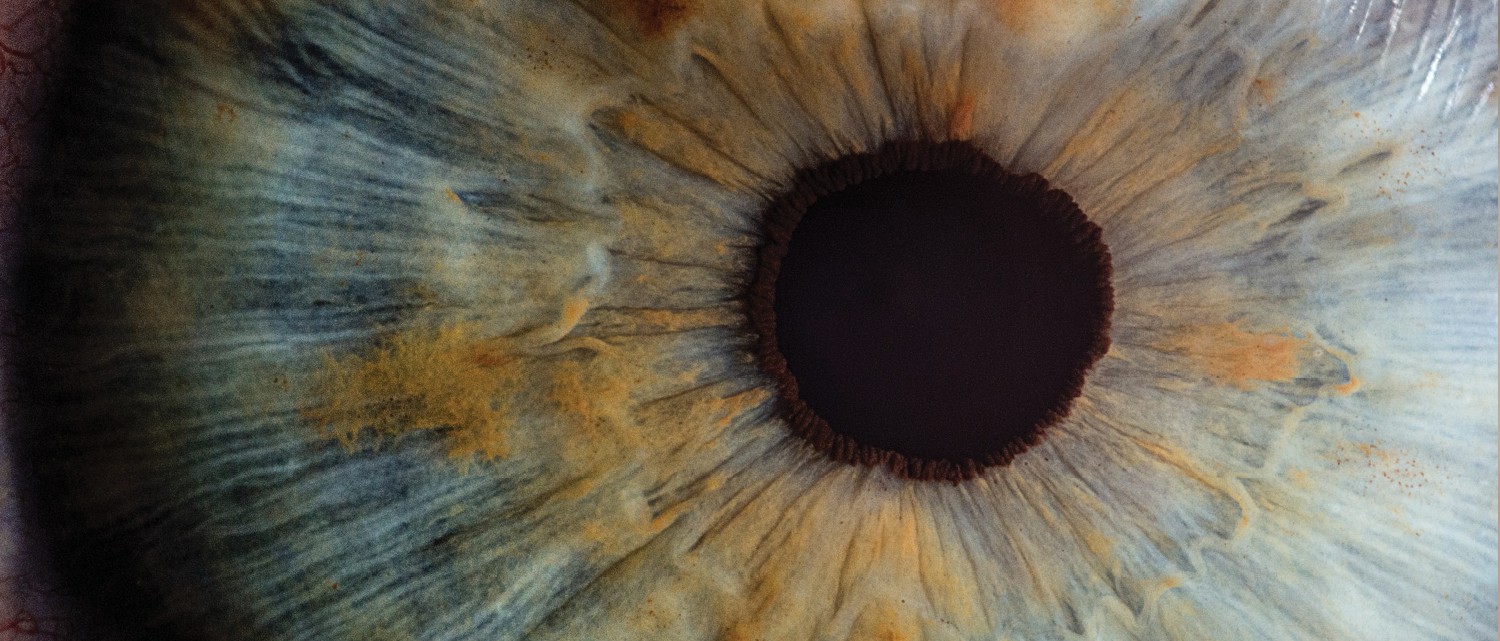
The Mechanical Engineering Micro-electro-mechanical systems (MEMS) Lab has published a new paper “A Fusion Algorithm for Saccade Eye Movement Enhancement with EOG and Lumped-element Models”. Working in the MEMS Lab as a PhD student under supervisors and co-authors Dr. Mu Chiao and Dr. Clarence de Silva, author Hiroshan Gunawardane has developed an algorithm which cleans up the noisy signals generated by electrooculography (EOG) measurements of tiny eye movements called saccades.
Gunawardane describes how EOG measurements of these eye movements on their own can be hard to use: “Saccades are rapid eye movements when you look from one point to another without considering the background. We usually use those to look here and there all the time and EOG can be used to record these. However, EOG signals are very noisy because of reasons like artifacts (brain signals, muscle signals, eye blinks, etc.)…” To confirm the effectiveness of their algorithm in reducing this noise, it was compared against a camera-based eye-tracking system at the Department of Psychology’s Vision Lab, in partnership with co-authors Dr. James Enns and graduate student Raymond MacNeil. The team of co-authors also includes third-year engineering physics undergraduate Leo Zhao, who has been assisting with the research.
The researchers will continue to explore how this algorithm can be applied, such as in the development of virtual reality headsets, and medical applications like the diagnosis of eye conditions.
Find the “A Fusion Algorithm for Saccade Eye Movement Enhancement with EOG and Lumped-element Models” at DOI: 10.1109/TBME.2021.3062256.